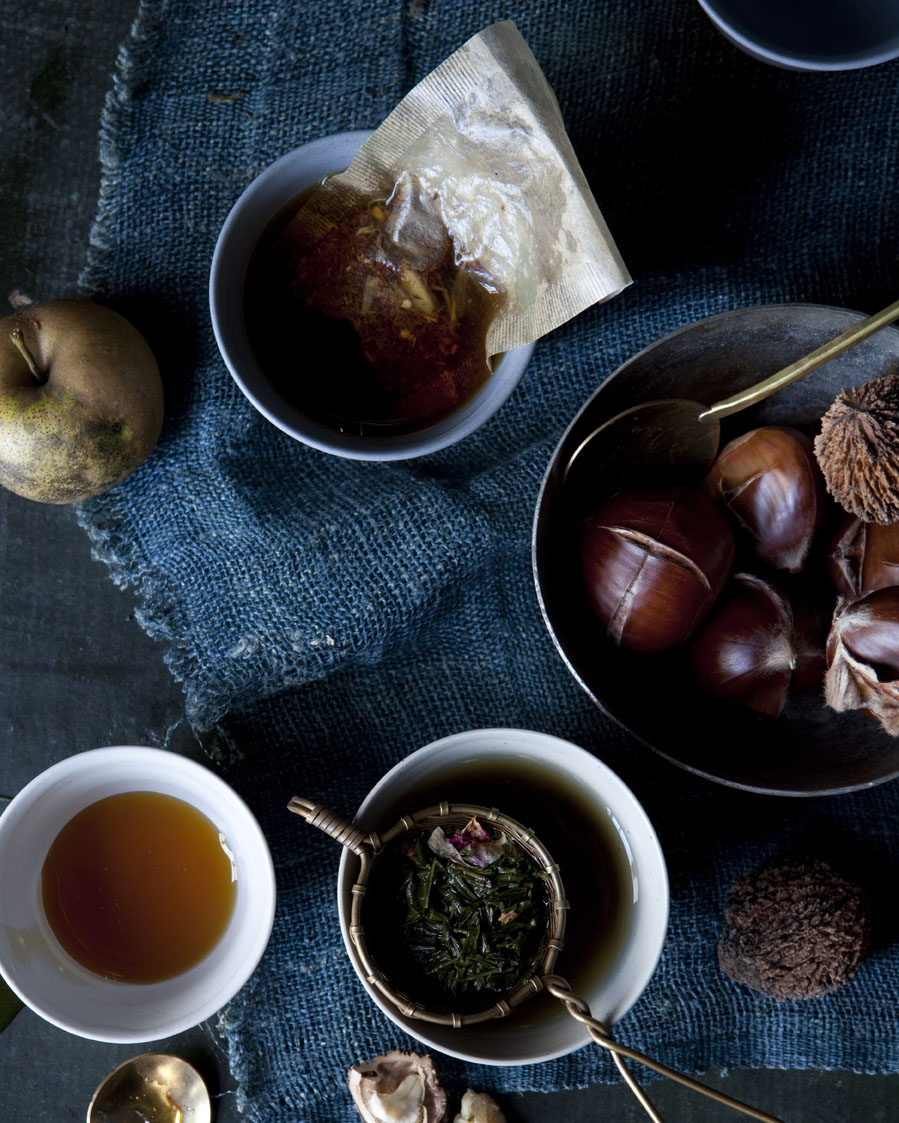quince and medlars.
 10.30
10.30
Medlars are a rather uncommon fruit one that most people have not heard of. They are native to the Mediterranean and are a close relative to the Hawthorne tree or pear tree.
A few weeks ago, Maggie Nesciur from Flying Fox had a few little boxes of Medlars at The New Amsterdam Market. They had been collected by Ezekiel Goodband of Scott Farm in Dummerston Vermont (whose name I just adore) where she had gone in search of heirloom apples. Though they are native to the Mediterranean, they somehow grow in Vermont where Goddband has some trees sprinkled throughout his orchard. Like the amazing fruitier that she is Maggie couldn't resist sharing some of these tiny gems at her stall at the market.
When I purchased the Medlars they were quite hard and very tart as they were not at all ripe. I kept them on my counter in a little bowl for a full two weeks until they began to soften. A Medlar is ripe when it is almost rotten and very soft and juicy quite like a persimmon and when it is a beautiful orange red inside. I had a quince around and decided it was high time to make something of these uncommon beauties.
I decided since I had such a small amount to make a Medlar quince butter with a few apples thrown in for good measure.
I cut them up and threw them all in to a pot (seeds and all) with two cups of water, the juice of one whole lemon and let them cook down to a veritable mush. I put them through the Foley food mill; one my favorite kitchen tools and discarded the remaining solids. I ran it through a fine sieve after the food mill just to make sure the texture was very smooth and there were no remaining bits of pulp or seeds.
I returned the mixture to the stove added one more cup of water and a cup of sugar and let it cook down until it was thickened.
The result is something akin to apple butter but with a subtle quince and pear flavor. The color is a beautiful pink and the three little Weck jars lined up on the counter were incredibly satisfying. I canned two of the jars in a water bath so I could save them for long-term storage.
So far we have been eating it on toast with a little slice of Harpersfield Tilsit cheese from Upstate New York that has been aged with a smoky Lapsang Souchong black tea. The smokiness of the cheese and the tart sweetness of the Medlar is the perfect combination.










